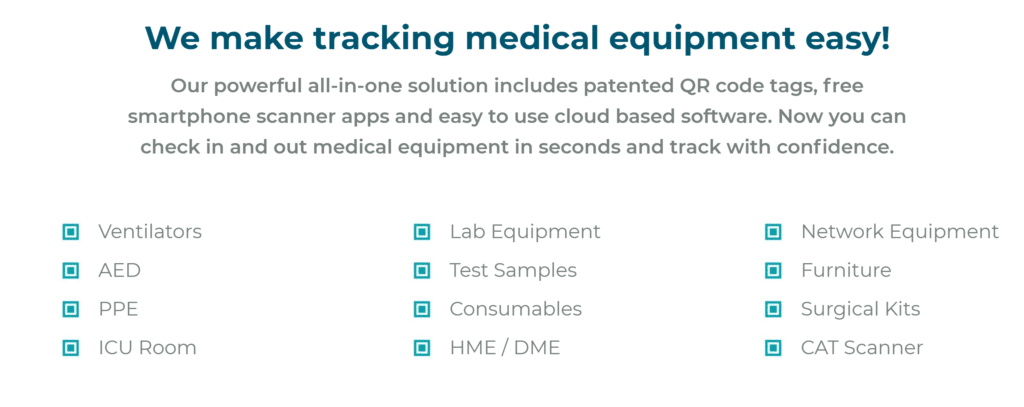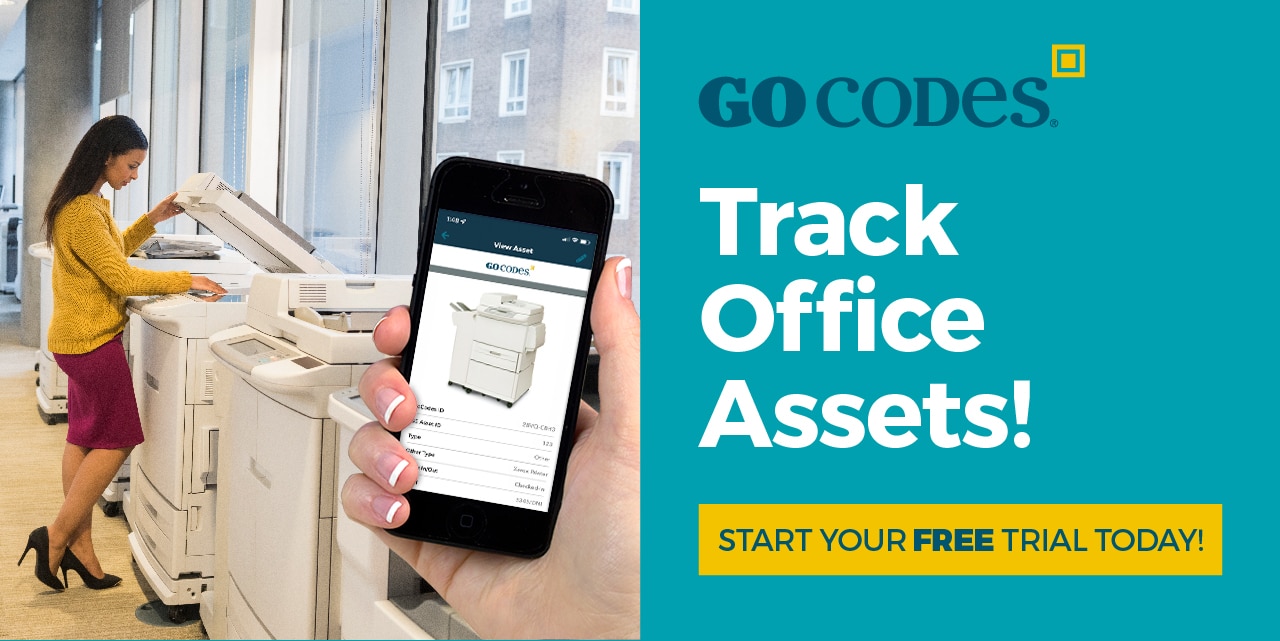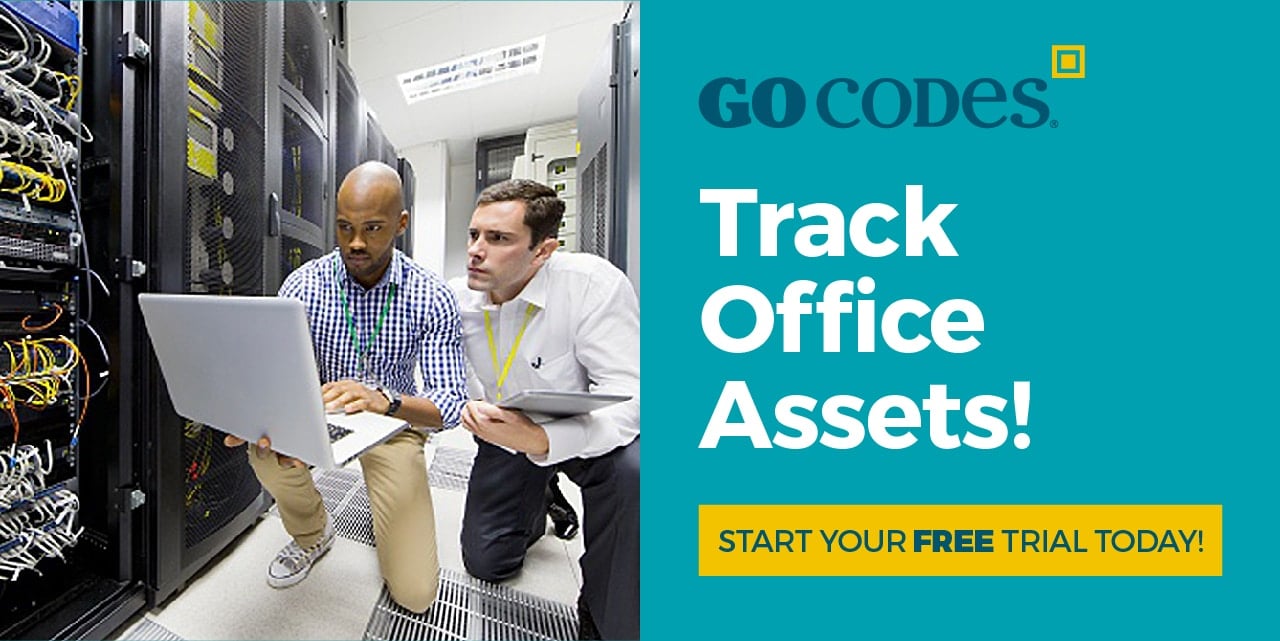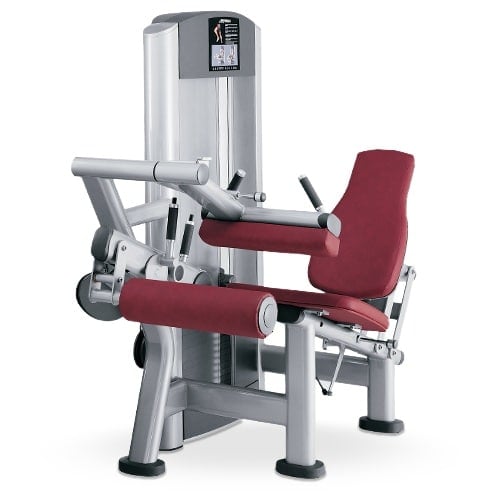Healthcare assets require thoughtful management. They are often highly consumable and must meet specific standards. Moreover, fixed assets in hospitals often represent a substantial investment.
Large numbers of patients and a constantly rotating workforce come into contact with these assets, so they require frequent sterilization and continuous maintenance of the contact trail.
Especially in such unusual circumstances as the COVID 19 pandemic, hospitals that engage in asset tracking have a better overview of the status of their assets.
Consequently, they have a better picture of how effectively they are serving their patients and staff members.
In this article...
What Is Hospital Asset Tracking?
Tracking hospital assets entails much more than simply watching over the dispersal of inventory and assets.
It ensures smooth operations so that a potential system failure does not result in tragedy or unnecessary stress for patients and staff.
Hospital asset tracking also organizes equipment, patients, staff, workflow, and infrastructure. It ensures an efficient flow of supplies, reduces treatment time, and safely maintains infrastructure.
Systems and assets are tracked via scanning and kept current with software.
It is also possible to track and schedule preventive maintenance. The information is stored online and accessible from a central point.
This form of organization improves staff communication as well as the quality of care.
Examples of Hospital Assets That Are Usually Tracked
The wisdom of installing tracking software in a hospital setting is evident when one considers the wide range of trackable assets.
Both tangible and intangible objects are candidates for the benefits of tracking. Medical equipment is only the start.
- Furniture: Office equipment such as filing cabinets and chairs for waiting rooms
- Wheelchairs: Maintaining an accurate account of the location of patient transport items
- Bassinets: Ensuring that neonatal and maternity wards are fully stocked for new arrivals
- Vital signs monitors: Intensive Care Units (ICU)s are in particular need of this critical equipment.
- High-Efficiency Particulate Air Filter (HEPA): Even in a non- COVID 19 environment, the removal of bacterial, mold, dust, and contagion is essential.
- Tablets: Employees on the go or who are making rounds no longer have to rely on computer carts or bulky laptops when outfitted with mobile devices
All of these items are important to track simply for purposes of organization and efficiency, but in a hospital environment, having the proper equipment on hand can be a matter of life and death.

When time is of the essence, it’s important not to waste it. Efficiency is achieved by ensuring that communication is as clear as possible.
This goal is more easily attainable with code tags, scanner apps, and intuitive software.
The Challenges of Tracking Assets in Hospitals
A commitment to tracking assets in hospitals is a net gain by far, especially when those in a system are not aware of the challenges they face.
Understanding the cost and frustrations of a disorganized system helps administrators and staff members to address those issues constructively.
Knowing that a healthcare system can’t afford to ignore these problems eases the transition to hospital asset tracking software.
Replacing Lost or Stolen Medical Equipment
Having an accurate accounting of each item, from the smallest cotton swab to a multi-million dollar imaging machine, means that administrators know exactly what is on hand.
The presence of robust tracking equipment discourages theft and allows for more convenient buy-ahead bulk purchases.
It is estimated that in the United States, $4000 of equipment per hospital bed is stolen or misplaced every year.
Lost Time for Staff and Patients
Those who experience medical emergencies are often frightened, and in pain, so the professionals who tend to them should not waste time in tracking down what they need to do their jobs.
Unfortunately, this is exactly what happens.
Healthcare Facilities Today states that nurses dedicate 6000 hours a month trying to find missing equipment.
Over-Ordering
If a head nurse on one shift suddenly remembers that an order is necessary for a certain medication, unaware that other employees have already placed it, frustrating overstock can occur.
This is particularly the case with perishable medical or hygiene items.
A common question healthcare facilities often raise about tracking concerns the mechanics of affixing tags to surgical tools which are routinely sterilized.
Fortunately, GoCodes has considered this potential complication and offers tracking tags that can easily survive autoclave cleaning, harsh chemical cleansers, and high temperatures.
The Benefits of Effective Hospital Asset Tracking
Medical facilities benefit from effective hospital asset tracking in a number of ways. Here are only a few.
- Medical teams can communicate instantaneously, across locations and time zones, using by-employee authorization.
- Hospitals avoid expensive panic buying by knowing precisely which items are in stock.
- Tracking streamlines the patients’ movement and condition updates.
- Personnel can update medical records instantaneously and across an entire platform.
- The synchronization of information and data occurs instantly, no matter which branch, office, or location a patient is attending.
- Streamlined preventive maintenance planning allows for easy scheduling of critical downtime, helping to avoid it overall.
- Immediately proving regulatory, insurance, and warranty compliance becomes effortless.
- Expensive and complex assets are constantly monitored, with automatically stored data history.
- Staff can automatically re-order equipment.
The use of QR tags and other modern advances means that staff can easily transition to a quick and intuitive scanning and software system.
Some Methods of Asset Tracking Commonly Used in Hospitals
Hospitals and other healthcare environments can use several different tracking methods. Some appear in combination with one another, depending on the mission and potential specialization of the facility.
Barcodes: What works in a traditional retail environment can also work in a hospital. Handheld readers scan the black and white spaced rectangles forming a one-dimensional code. This system is well-proven, quick, and less expensive than other options.
QR Codes: Now almost ubiquitous in the era of smartphones, QR codes consist of a black and white pattern in a small box. It is a two-dimensional system that any smartphone or tablet can scan. QR codes hold vast amounts of data.
Radio Frequency Identification (RFID): Useful for scanning across large distances, this system relies on smart labels and radio waves. Field technicians and sensors provide valuable information about the environment, temperature, and upkeep. It is possible to read multiple codes at once.
Bluetooth Low Energy (BLE): Bluetooth systems use small amounts of power and are useful for smaller data streams.
Asset tracking techniques are best when they are a good fit for the hospital.
Honest discussions with hourly staff, medical personnel, cleaning crews, and administration members will offer a comprehensive idea of what kind of system might work best.
How Software Can Help
Flexible, scalable solutions such as those offered by GoCodes offer a wealth of benefits. Let’s look at a few.
The Benefits of Software in Hospital Asset Tracking
Some facilities are reluctant to switch to software tracking, believing that the system already in place works well enough. However, consider the following benefits of an upgrade to software:
- Physical records are no longer necessary, saving money, time, and space.
- Equipment maintenance improves and becomes more regular.
- Generating reports in a number of formats is possible with just a few clicks.
- Staff avoids wasting time and risking errors by depending on inaccurate spreadsheets or pencil-and-paper record keeping.
- QR codes store large amounts of data, including photos, images, a patient’s entire medical history, and operator’s manuals.
- Data updates instantly for whichever team member needs access, no matter the location of the patient or equipment
- Staff is more productive and efficient.
- Frustrating and time-consuming audits are automated.
- Decision makers can predict life cycles of expensive and necessary equipment more efficiently.
Changing the way a hospital tracks maintenance, ordering, counting, and updating can seem intimidating.
However, having a hospital asset tracking software system in place saves a great deal of time and money.
Tips for Finding the Right Hospital Asset Tracking Software
The right hospital asset tracking software system might be different for each facility. However, there are a few common elements to look for.
1) Use an Automated System
Automated systems can also incorporate security devices, staff tracking, and patient location verification. Such advancements help eliminate loud and annoying paging systems.
They can also verify that handwashing and social distancing protocols are in place while optimizing staff workloads.
It becomes easy to automatically route equipment to where it’s most needed, and monitor patient vital signs unobtrusively and accurately. Assets can be evenly spaced, as well as staff.
The system automatically highlights security concerns, as well as rising patient levels.
It also facilitates the effective management of supplies, even months ahead of time, reducing times of shortage and eliminating stress during times of supply chain disruption.
2) Prioritize Maintenance
Prioritizing maintenance makes for better care. It also decreases stress and frustration for employees and healthcare professionals who must depend on their equipment in order to properly do their work.
- An automated check-in and check-out system increases accountability in the chain of custodianship, thus decreasing theft and misplacement. It also saves time and provides a clear-cut procedure for returning equipment at the end of shifts.
- Stock management systems aren’t just for retail. Items that are commonly needed can be automatically re-ordered; those which aren’t used as much can be replaced on a slower basis, saving money and storage space.
- The depreciation of items is automatically tracked.
- Third-party and vendor details are stored and instantly recalled.
- Budgets are projected more easily and accurately.
- Compliance is proven at the click of a mouse.
- Staff are alerted to expired items and can quickly dispose of them.
- Workflow for maintenance is optimized so that downtime is carefully arranged around non-peak times.
Caring for important medical equipment automatically and in as much detail as makes sense for a facility, quickly results in improved efficiency.
3) Track Equipment in Individual Vehicles
For facilities in which ambulances, fire trucks carrying Emergency Medical Technicians (EMTs), non-emergency patient transport, and even law enforcement vehicles may come and go at a rapid rate, tracking is key.
These vehicles typically carry perishable medical supplies.
An instant database of what the medical staff has on hand is vital.
RFID tagging makes it possible for those in remote locations to take inventory of what a crew has on hand. This is important if a team might need particular equipment, which may or may not be on the ambulance.
Global Positioning System (GPS) technology is useful for much more than navigation.
When included in emergency or staff vehicles, this kind of equipment gives employees at the hospital an idea of where a team is and how quickly they might arrive.
This creates an accurate idea of the window of time the medical staff has to prepare for the patient or patients.
4) Track Medical Waste Disposal
Especially in the midst of a pandemic, the ability to properly manage and track medical and biological waste is essential.
Even in calmer periods, sustainable solutions and compliance with state, federal, environmental, and labor regulations are always a concern. Waste must be color-coded and separated.
Finding the right hospital asset tracking software is a choice that requires thought and research.
Consider companies that offer a free trial, so that decision-makers and members of the workforce can use the system and exchange input before committing to a software system.
Conclusion
While asset tracking is helpful and cost-effective in all industries, it’s life-saving in a hospital environment.
Institutional disorganization is easy to fall into within a stressful medical environment.
Therefore, depending on accurate, automatic asset tracking in hospitals is a good choice for both patients and staff.





